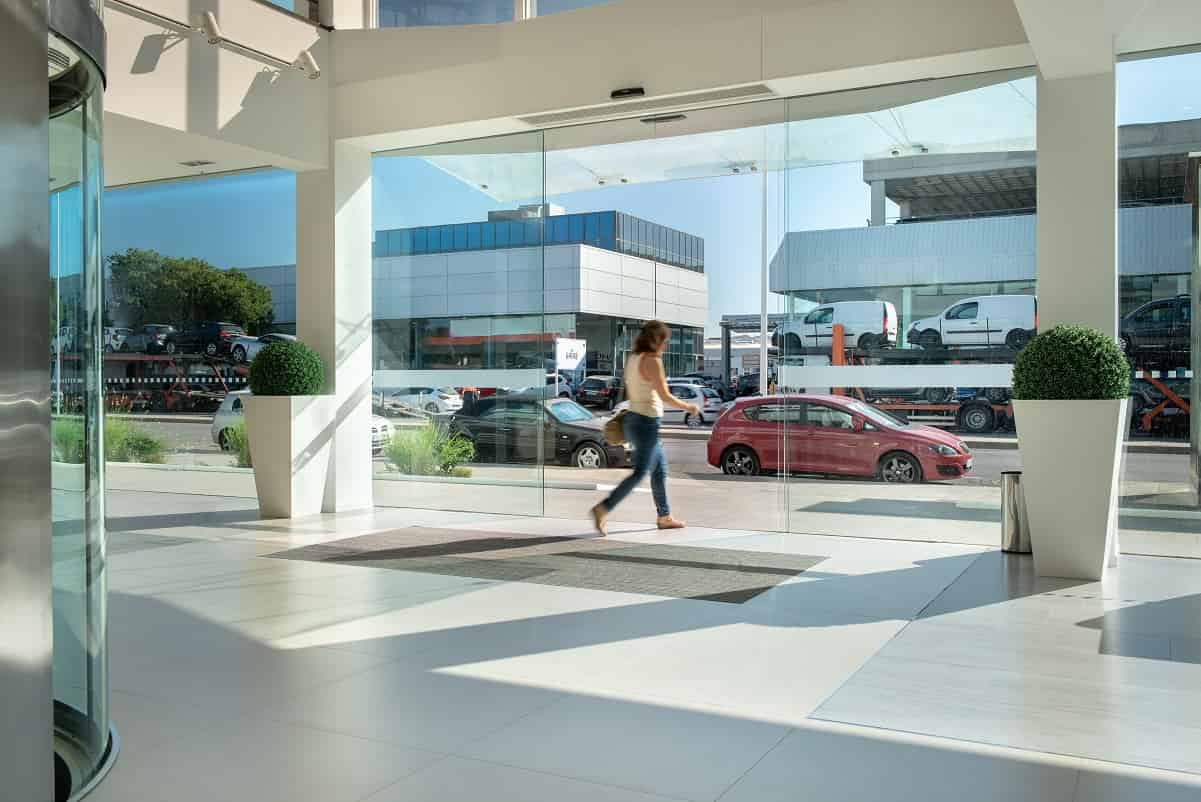Innovation and design
Biophilic design: innovation for architects and interior designers
Biophilic design for buildings and urban spaces helps people reconnect with nature in the buildings they live, work and play in. This design approach is based on the idea that humans have an innate connection to nature and that our physical and mental health benefits enormously from this relationship.
By integrating natural elements into architectural spaces, biophilic design not only enhances the aesthetics of buildings, but also promotes wellness, productivity and sustainability. From the incorporation of vegetation and natural light to the use of organic materials and patterns that evoke nature, biophilic design creates environments that are not only visually appealing, but also functional and healthy.

Biophilic design, as understood by architects and designers, goes beyond simply placing plants in an office or installing large windows. It is about creating an environment that is inspiring and calming, where people can feel more connected to the natural world. Buildings that embrace this philosophy encourage health and wellness, support sustainable development and promote a sense of community and belonging. So, what are the main features and benefits?
Benefits of biophilic design for buildings
- Improved health and well-being: spaces with natural elements, such as plants, water and natural light, can reduce stress and optimize mental health. This is especially relevant in work and educational environments.
- Increased productivity: biophilic design can improve employee concentration and productivity. Workspaces that provide views of the natural world, natural light and fresh air tend to reduce mental fatigue.
- Reduced energy consumption: the use of natural light can reduce dependence on artificial lighting and air conditioning systems, leading to lower energy consumption in the building.
- Talent attraction and retention: workspaces designed with biophilic principles tend to be more attractive to employees. A work environment that fosters a connection with nature can be an important differentiator for companies seeking to attract top talent.
- Aesthetic value and functionality: a building with biophilic design is more visually pleasing and also improves functionality, creating rest areas, collaboration zones and private spaces that take advantage of views, light and nature.

The role of automatic doors in biophilic design
As mentioned above, the presence of natural light from the outside is, among others, one of the advantages of biophilia. Automatic doors facilitate the seamless integration of interior and exterior spaces, allowing easier and more continuous access to gardens, patios and terraces, promoting natural ventilation and increasing natural light inside the building.
Our standard, telescopic and revolving automatic doors help eliminate architectural barriers and promote greater interaction with the natural environment, improving people’s sensory experience. Vinyls featuring natural details can also be incorporated into the glass. In addition, the building's energy savings are increased by preventing doors from being accidentally left open when the heating or air conditioning is on.
If you are an architect or an interior designer and you want your biophilic design to have an added value thanks to the installation of automatic doors with transparent glass, contact us now and our team of professionals will advise you to incorporate this type of intelligent access in the building. Our doors will help to improve people's well-being and increase sustainability.

